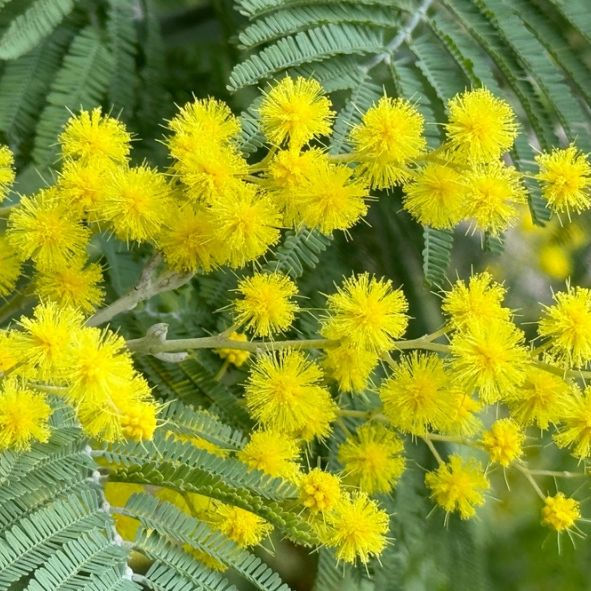The Malus domestica ‘Fiesta’, commonly known as the Fiesta Apple Tree (also marketed as Red Pippin), is an elegant descendant of the famed Cox’s Orange Pippin and Idared, developed at the East Malling Research Station in Kent in the early 1970s . Celebrated for its rich, nutty, aromatic flavour and late-season crispness, this dessert apple offers year-round appeal, especially for home growers seeking both exceptional taste and reliability.
🔗 Explore More Fruit Trees
🔗 Shop Apple Trees
🔗 View Late-Season Fruit Trees
Key Features
Cox’s Legacy Reimagined – Captures the luscious, aromatic profile of Cox’s Orange Pippin with much-improved disease resistance and vigour.
Rich, Nutty Sweetness – Crisp and juicy, with a layered, aromatic flavour that stands out as a dessert apple .
Late-Season Harvest – Ready from late September: a true autumnal treat with extended shelf life .
Excellent Storage Capability – Stores well into winter (and into March under ideal conditions in domestic settings) .
Partially Self-Fertile – Flowers around mid-September; pollination is enhanced with a partner but not strictly required
🔗 Browse Apple Trees for Eating
🔗 Explore Fruit Trees in Pollination Group 3
Malus domestica 'Fiesta' | Apple Tree
Specification Details Botanical Name Malus domestica ‘Fiesta’ Common Names Fiesta Apple Tree, Red Pippin Family Rosaceae Origin Kent, UK (East Malling Research Station, 1970s) Fertility
Partially self-fertilePollination Group Group 3 Uses Eating fresh, juicing, and light cooking Harvest Time Late September – October; stores until March 🔗 Learn More About the Rosaceae Family
🔗 Understanding Pollination Partners


































